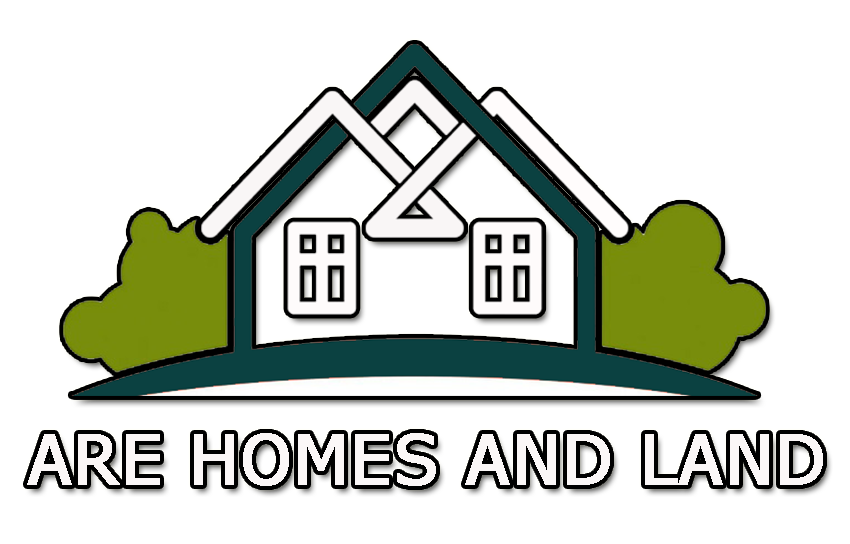The evolution of landed interior design in Singapore reflects how a nation balances tradition with innovation, space with sustainability, and luxury with livability. In a city where every square metre commands premium value, designing landed properties has become both an art form and a statement of identity.
The Historical Context of Singaporean Design Philosophy
Understanding contemporary landed property design requires examining Singapore’s architectural heritage. The colonial shophouses, art deco apartments, and post-independence public housing contribute to a design vocabulary that emphasises functionality without sacrificing beauty.
The distinction between landed properties and high-rise living in Singapore creates unique opportunities for personalisation. Unlike the constraints of apartment living, landed homes offer what urban planners call “design sovereignty”, the freedom to reimagine space according to personal vision rather than developer templates.
Modern Minimalism: The Enduring Appeal of Simplicity
Modern minimalism is perfect for homeowners who value simplicity and functionality, representing more than a stylistic choice; it embodies a philosophy of intentional living. This approach to landed house interior design Singapore recognises that true luxury lies not in accumulation but in curation.
Key elements of minimalist landed design include:
- Spacious layouts that enhance natural light penetration
- Built-in storage solutions maintain clutter-free environments
- High-quality materials like marble and sustainably sourced timber
- Large windows framing carefully curated outdoor spaces
- Neutral colour palettes that create visual continuity
The success of minimalism in Singapore’s tropical context stems from its ability to create cooling visual effects whilst maximising natural light in dense urban environments.
Biophilic Design: Reconnecting Urban Living with Nature
Biophilic design is not living as an indulgence in landed properties in Singapore; it’s an experience steeped in lifestyle change toward well-being and sustainability. This approach addresses what environmental psychologists term “nature deficit disorder”, the psychological impact of disconnection from natural environments.
Contemporary biophilic landed property interior design in Singapore incorporates:
- Floor-to-ceiling windows maximising garden views
- Indoor vertical gardens and living walls
- Natural material palettes emphasising timber, stone, and bamboo
- Water features create an auditory connection to nature
- Skylights introduce dynamic natural lighting throughout the day
The integration of biophilic elements serves practical purposes beyond aesthetics, improving air quality and creating natural temperature regulation that reduces reliance on cooling systems.
Smart Technology Integration: The Future of Landed Living
The convergence of technology and design in landed homes represents a fundamental shift in how we conceptualise domestic space. Smart home solutions have become an integral part of modern landed house interior designs, transforming houses into responsive environments that adapt to inhabitant needs.
Advanced home automation systems now encompass:
- Voice-activated environmental controls
- Automated lighting responding to natural light levels
- Security systems integrated with landscape design
- Energy management systems optimising consumption patterns
- Entertainment systems seamlessly embedded within architectural elements
This technological integration requires careful planning during the design phase, as retrofitting smart systems into completed homes often compromises both functionality and aesthetics.
Sustainable Luxury: Redefining Premium Materials
Sustainability is essential in today’s luxury landed house interior design, with eco-friendly materials becoming a preferred choice. This shift represents more than environmental consciousness; it reflects a maturation of taste that values provenance and longevity over ostentation.
Contemporary sustainable materials transforming Singapore’s landed home design include:
- Reclaimed tropical hardwoods with documented heritage
- Bamboo flooring offering superior humidity resistance
- Natural stone from regional quarries, reducing transport impact
- Low-VOC paints and finishes improve indoor air quality
- Recycled glass tiles create unique textural opportunities
The challenge lies in sourcing these materials within Singapore’s import-dependent economy whilst maintaining the quality standards expected in luxury residential projects.
Cultural Fusion: East Meets West in Contemporary Design
Singapore’s multicultural identity creates unique opportunities for cultural synthesis in interior design. The most successful landed property designs integrate elements from various traditions whilst avoiding superficial appropriation or theme park aesthetics.
This cultural integration manifests through:
- Spatial planning incorporating feng shui principles with contemporary functionality
- Material selections reflecting regional craft traditions
- Colour palettes drawing from tropical landscape inspiration
- Furniture arrangements balancing Western comfort with Eastern ceremony
- Architectural details celebrating local building techniques
The Economics of Design Investment
The financial implications of landed property renovation extend beyond initial expenditure to encompass long-term value retention and lifestyle enhancement. Costs can vary depending on the property size and scope: Terrace Houses (2,000–3,000 sq ft): SGD 80,000–$150,000 for interior upgrades, whilst larger properties require proportionally greater investment.
Strategic design investment focuses on elements that provide both immediate enjoyment and future value appreciation. Premium materials, innovative spatial planning, and integrated technology systems typically offer strong returns whilst enhancing daily living quality.
Challenges and Opportunities in 2025
The current landscape of landed home interior design in Singapore faces key challenges: material supply constraints, skilled craftsperson availability, and balancing heritage conservation with contemporary innovation. Yet these challenges create opportunities for creative solutions.
The regulatory environment continues evolving, with authorities encouraging sustainable building practices whilst maintaining architectural heritage standards. This creates a framework within which designers must demonstrate both creativity and compliance.
The Future of Landed Design Excellence
As Singapore continues developing its identity as a global design centre, landed property interiors will undoubtedly evolve. The integration of artificial intelligence in space planning, advances in sustainable materials, and changing lifestyle patterns will influence future design directions.
The most successful projects recognise design as both a functional solution and a cultural expression, creating homes that serve immediate needs whilst anticipating future requirements. The ultimate goal remains creating spaces that enhance human experience whilst respecting environmental constraints and cultural heritage, ensuring that landed interior design Singapore continues setting global standards for thoughtful luxury living.


